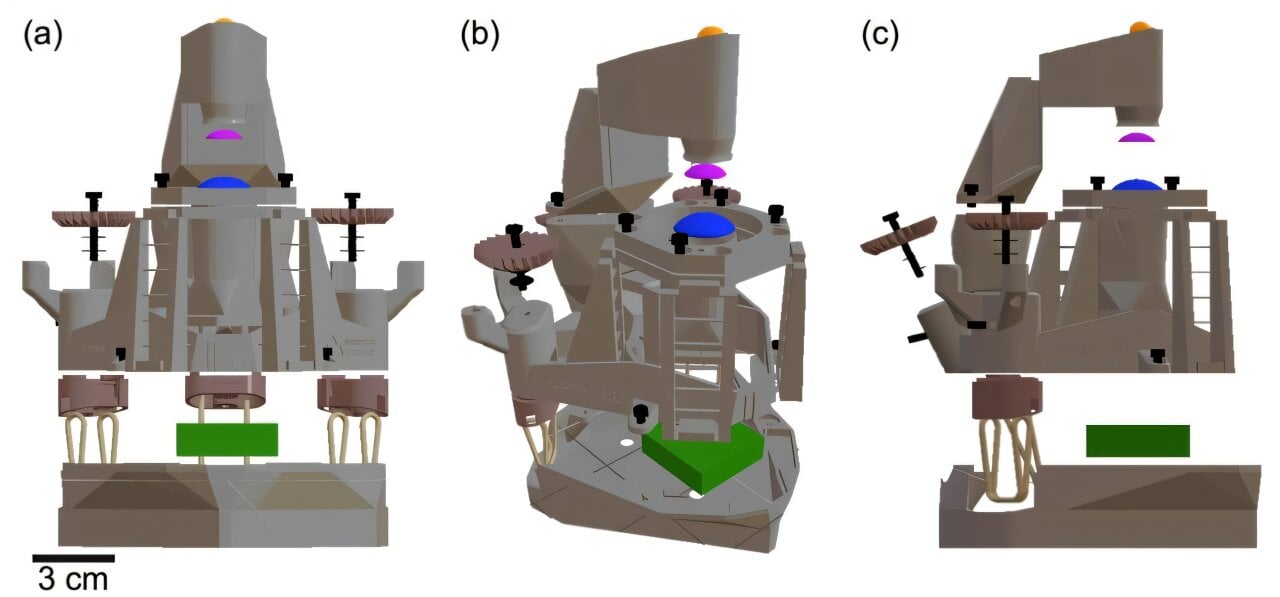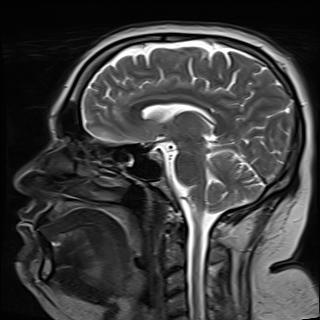- cross-posted to:
- [email protected]
- cross-posted to:
- [email protected]
This was done back in 2014 with cell phones, glass beads and 3d printers and the cost was under a dollar:
it was possible to print quality microscope lenses using a photopolymerizing clear resin on a Mars 3 Pro printer. In developing the specifications for their lenses, they followed those of the Edmund Optics 12.7 mm diameter plano-convex lens, which has a focal length of 35 mm
I didn’t open the paper to read more, but that’s the important bit if you’re curious like me.
The cost of high-resolution microscopes can be prohibitively high for millions of students and researchers around the world.
Now they’ll just need to spend $1,000 on a couple of 3D printers (FDM and resin) and supplies and bam you’ve got a fully functional microscope!
A thousand dollars divided by millions of students and researchers ends up being really cheap!
Reminds me of this one you’d get in magazines in the 90s. If I recall correctly it actually worked.

You can usually find pretty good used microscopes cheaply
One gets the impression the printer necessary for a lens eats the cost difference.
As 3D printers become increasingly commonplace, I have noticed various ways of accessing a 3D printer without having to own one — my local library has one nowadays
Mine does too but I don’t even think it could do something clear, nonetheless a lens of any type. I think we’ll see some amount of time pass before that sort of machine is readily available to the public in that context and time after that before enough people get handy enough with the maintenance for precision work like that.
You can buy one printer and make a labs worth of microscopes for a school or business.
The paper mentions 2 printers and quite a few other pieces of equipment for clearing the lenses, which is kinda what I figured the catch was going to be.
Edit: what I could see coming from that is this new manufacturing method bringing costs down across the board, and they’ll almost certainly be individuals that go all the way through with it as it’s described here, along with making improvements along the way. I just think the headline is inviting disappointment.




